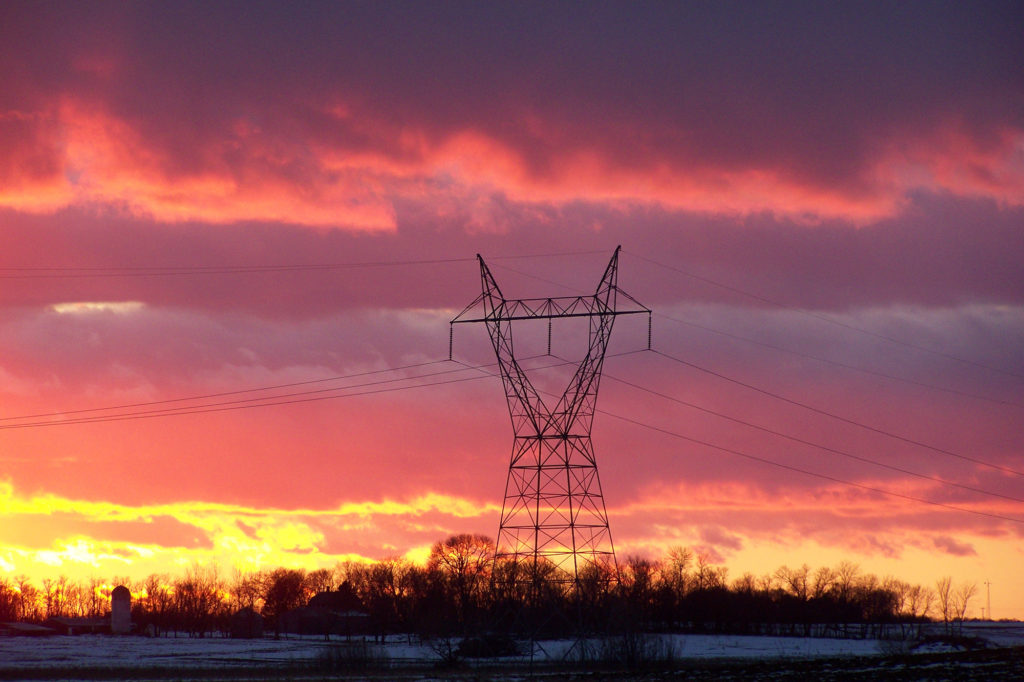
With a new study showing that a high-altitude electromagnetic pulse attack could have regional or local effects on power delivery, electric cooperatives and the electric utility industry are working with the Federal Energy Regulatory Commission, the Department of Homeland Security and other federal agencies to protect the grid.
The Electric Power Research Institute released a report on Dec. 20 that analyses the impact on the grid of certain simulated high-altitude electromagnetic pulse, or HEMP, events.
“For years, the electric sector has been preparing for the possibility of events that could impact grid operations,” said Jim Spiers, NRECA’s senior vice president for Business and Technology Strategies. “Simulations and analyses like this help the electric industry enhance preparedness, safety, grid resiliency and reliability. America’s electric cooperatives work closely with EPRI. Their research will help the industry continue exploring safe, reliable and cost-effective EMP mitigation strategies.”
Co-ops are also partnering with the North American Electric Reliability Corp. and the Department of Energy to have preparations in place for electromagnetic pulse incidents.
For its report, EPRI collaborated with DOE and the national labs in conducting simulations of 11 HEMP incidents across the United States. In one, an “E3” attack, strong enough to displace Earth’s magnetic field, they simulated a 1.4-megaton bomb being detonated about 250 miles above Earth.
None of the E3 simulations led to a nationwide grid failure or failures affecting the entire Eastern or Western interconnections, the report notes. Five would have triggered a regional power failure, potentially affecting several states. Two would have led to more localized failures, the researchers found.
The report’s authors identified measures that could limit the impact of a HEMP attack, including technologies that can reduce or block the flow of geomagnetically induced currents or controls that automatically disconnect power system loads during an event.
Two other types of electromagnetic pulse events tested for the report were a high-magnitude, short-duration pulse (E1) and an intermediate pulse similar to lightning (E2).
EPRI will conduct further research in 2018 to determine the combined impacts of all three pulse events on the power grid.
“We will continue on this path as we identify and test cost-effective measures to reduce grid vulnerability to a HEMP event,” said Michael Howard, EPRI president and CEO.
Cathy Cash is a staff writer at NRECA.